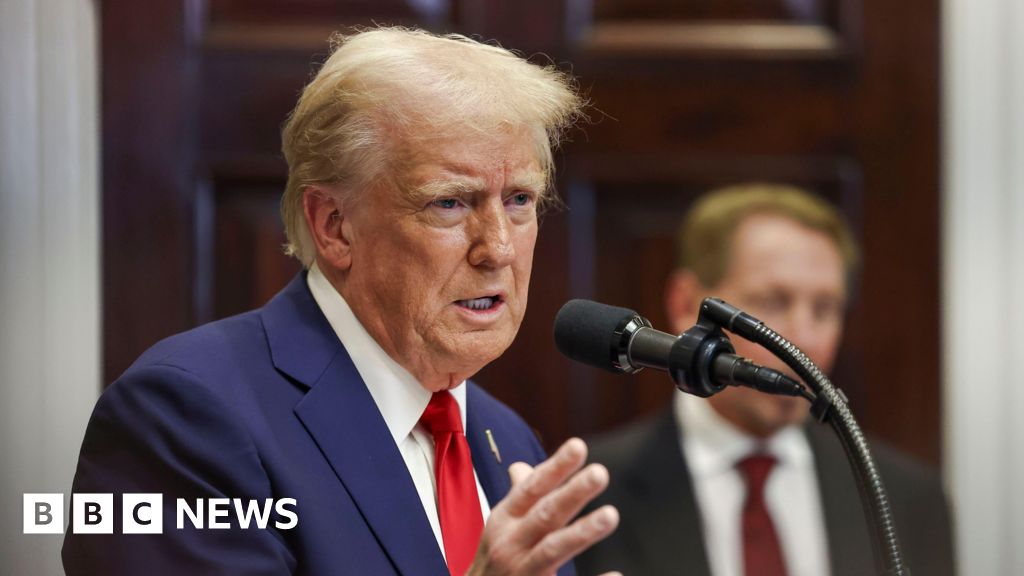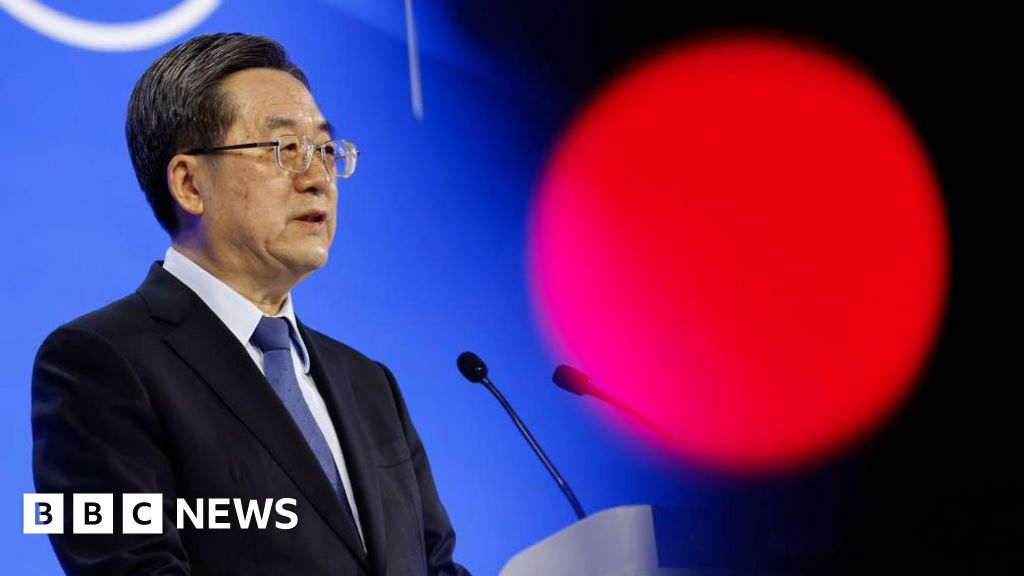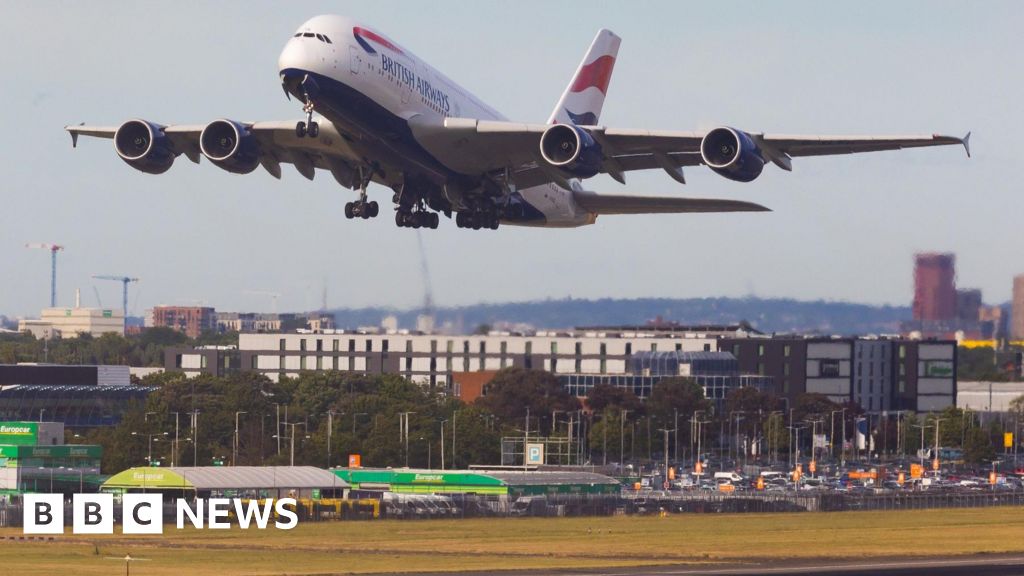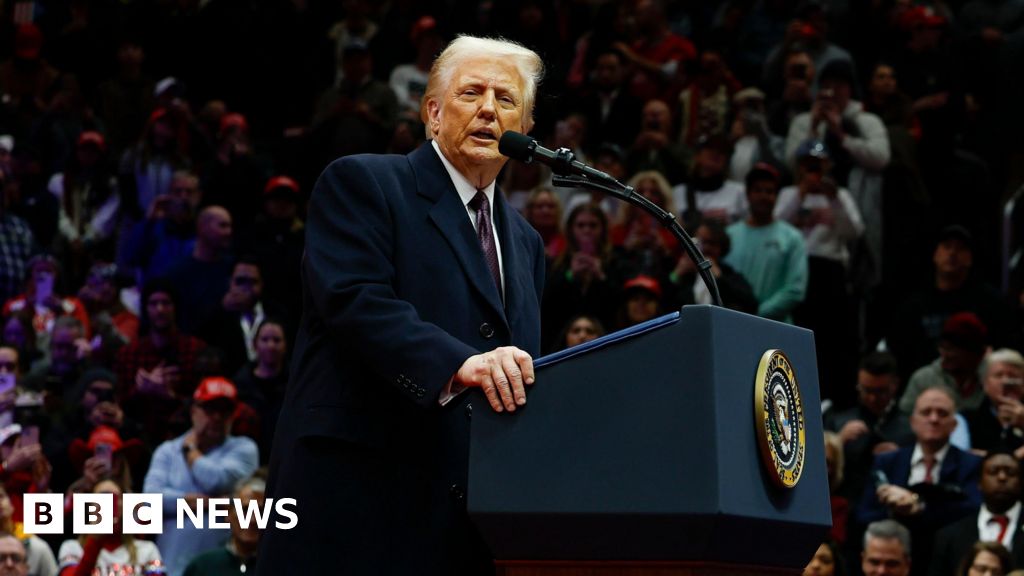


 Getty Images
Getty Images
Towering over the many hundreds of pages of promises, plans, strategies and spreadsheet costings in these general election manifestos is a single word: credibility.
One of the big areas where the credibility question has been raised is over taxes. There is an uneasy consensus among the two main parties that the next chancellor will not raise the main rates of income tax, national insurance, VAT or corporation tax.
But these promises rely on a perception that voters only care about their tax rates and, frankly, are blissfully ignorant about increases in their actual bills. Voters are being taken for fools. Even if the letter of manifesto promises not to raise tax rates from 2019 has been specifically adhered to, workers know that their taxes have shot up.
That’s because with the thresholds at which people start paying different rates of income tax frozen, high inflation - which has led to wage rises - has resulted in a huge and historic rise in taxes.
Despite the finger-pointing on tax, the single biggest tax rise is the ongoing freeze in income tax thresholds. This remains in place for the Conservatives, Labour and Liberal Democrats over the next three years. Already this year, the UK taxman is on the cusp of a record tax haul of over £1tn.
So given this, do these promises to leave various tax rates alone have any meaning or credibility at all?
Instead of answering this, both main parties have competed on accusing the other of large-sounding black holes, backed up by official-sounding reports.
The Conservatives have gone to some trouble to claim Labour have a secret £2,094 tax rise plan over the Parliament, and erroneously claimed some degree of civil service backing for that number. Labour in turn claimed the Conservatives’ manifesto would lead to a £4,800 increase in mortgage costs over the same period.
Magic elixir
Both main parties' manifestos are less about detailed economic plans for office, but instead are broad marketing narratives aimed to serve the relevant central message.
How does Keir Starmer square not putting up the main rates of tax, investing in the future, not borrowing more and “never returning to austerity” in spending on public services?
The answer in the Labour manifesto is by getting the economy to grow faster with a plan to slash red tape on building homes and infrastructure.
Many recent administrations have claimed this magic elixir will prevent the need for tough choices on tax and spend.
Labour’s manifesto retains a Green Prosperity Plan for funding green steel, electric vehicles and clean energy, but this is significantly pared back from its original plan to pump tens of billions of pounds of borrowed money into green investment.
Elsewhere, such moves have indeed helped boost economic growth. But the scale of Labour’s moves are very modest compared to, for example, President Biden’s plans in the US.
Even under their most optimistic timetable, the impact of such changes would take several months, probably years.
In recent days, Labour figures have started to talk publicly about lowering the trade barriers with Europe created by the Brexit deal. That they are talking about Brexit is a sign of confidence, but also a reality that some business voices are pressing Labour to embrace a way to increase productivity that doesn’t require taxpayer funds.
What happens to Labour’s strategy if growth disappoints? It is a reasonable question given anaemic UK growth. The Labour frontbench have suggested variations of “I’m optimistic”, and “it just will”.
By autumn, there will be severe pressure on some types of spending and even on the rules Labour has decided to adhere to for borrowing. Although it was a modest manifesto in terms of the overall size of the policies, its commitments on tax and borrowing are, at the moment, a significant straitjacket on the actions of a possible Labour government.
For the Conservatives, the general narrative is that they do believe the state can now shrink from emergency pandemic and energy crisis levels. Fewer civil servants are required, they say, and the increase in working-age benefits can stop, now we are back to normal. Spending less on these things (while keeping the already planned £11bn a year increase from the income tax fiscal drag generated by those frozen tax thresholds) can free up space for slightly lowering other taxes, such as the rate of National Insurance.
This is a rather uncertain accounting basis for permanent tax cuts, but not impossible to deliver in very general terms. But there is no set of policies here that would be scored by the independent Office for Budget Responsibility (OBR) as raising £12bn. It is unclear which area of spending would lose support in order to provide the funding for the more certain impact of National Insurance cuts. If, for example, the rise in working-age disability is not a blip, then there could be austerity-style cuts in some government departments, such as those covering courts and councils.
There is a bigger question here, where perhaps smaller parties are contributing more. What is the optimal size of government? Is it now too big following years of crisis or too small for the challenges ahead? Have the public’s views on this matter changed since the pandemic and energy crisis? Do the shocks to the world economy from the net zero transition, growing global trade tensions and artificial intelligence require a different strategic approach?
The Liberal Democrats and Greens separately say social care and health spending should increase with some significant tax increases. Reform argues that the state should be significantly smaller, and also suggests a massive £35bn funding pot could be made available if the Bank of England stopped paying interest on the bonds held at the Bank of England as a result of the post-financial crisis quantitative easing programme.
Since the financial crisis, the central bank pays interest on these bonds to commercial banks, but with rates now much higher than they were in 2009 that has become very expensive. Stopping paying that interest is an intriguing idea that has attracted attention from the Labour left too. But it would essentially be getting large sums from big banks, in a way that could then make it complicated for banks to pass on expected lower interest rates to households in the coming months.
So the manifestos do not represent concrete economic plans. At best they are very broad strategies, designed not to offend voters. They basically say “trust me, you might not love us, but the other guys are dangerous”. Given the tumultuous changes in the world and the country, and the cost of living crisis they have endured, voters deserved a bit more clarity.
BBC InDepth is the new home on the website and app for the best analysis and expertise from our top journalists. Under a distinctive new brand, we’ll bring you fresh perspectives that challenge assumptions, and deep reporting on the biggest issues to help you make sense of a complex world. And we’ll be showcasing thought-provoking content from across BBC Sounds and iPlayer too. We’re starting small but thinking big, and we want to know what you think - you can send us your feedback by clicking on the button below.

 7 months ago
17
7 months ago
17









